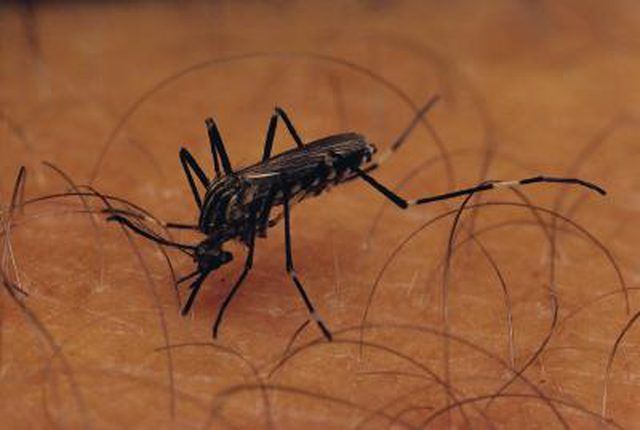Bulbs
Flower Basics
Flower Beds & Specialty Gardens
Flower Garden
Garden Furniture
Garden Gnomes
Garden Seeds
Garden Sheds
Garden Statues
Garden Tools & Supplies
Gardening Basics
Green & Organic
Groundcovers & Vines
Growing Annuals
Growing Basil
Growing Beans
Growing Berries
Growing Blueberries
Growing Cactus
Growing Corn
Growing Cotton
Growing Edibles
Growing Flowers
Growing Garlic
Growing Grapes
Growing Grass
Growing Herbs
Growing Jasmine
Growing Mint
Growing Mushrooms
Orchids
Growing Peanuts
Growing Perennials
Growing Plants
Growing Rosemary
Growing Roses
Growing Strawberries
Growing Sunflowers
Growing Thyme
Growing Tomatoes
Growing Tulips
Growing Vegetables
Herb Basics
Herb Garden
Indoor Growing
Landscaping Basics
Landscaping Patios
Landscaping Plants
Landscaping Shrubs
Landscaping Trees
Landscaping Walks & Pathways
Lawn Basics
Lawn Maintenance
Lawn Mowers
Lawn Ornaments
Lawn Planting
Lawn Tools
Outdoor Growing
Overall Landscape Planning
Pests, Weeds & Problems
Plant Basics
Rock Garden
Rose Garden
Shrubs
Soil
Specialty Gardens
Trees
Vegetable Garden
Yard Maintenance
How to Build Your Own Thermal Mosquito Fogger
How to Build Your Own Thermal Mosquito Fogger. Mosquitoes are a painful, annoying and potentially dangerous pest in many parts of the world. Their painful bite is capable of transmitting a number of blood-borne pathogens, including malaria and West Nile virus. You can sharply lower the number of mosquitoes in your yard through the periodic use of a...

Mosquitoes are a painful, annoying and potentially dangerous pest in many parts of the world. Their painful bite is capable of transmitting a number of blood-borne pathogens, including malaria and West Nile virus. You can sharply lower the number of mosquitoes in your yard through the periodic use of a mosquito fogger, which introduces large amounts of insecticide into the air in dense clouds, clearing large areas of the pests. You can build a thermal fogger of your own by modifying an old lawn mower.
Things You'll Need
Lawn mower
1-quart plastic jug
Plastic zip ties
Drill
1/4-inch drill bit
1/4-inch copper tubing, about 3 feet
Cold-welding compound
1/4-inch plastic-valved drip nozzle
1/4-inch pipe clamp
Screwdriver
Insect fogger solution
Remove the blades from the lawn mower's deck according to the manufacturer's instructions. Attach a 1-quart plastic jug to the handle of the mower using plastic zip ties. The opening of the jug should face upward.
Drill a hole in the top of the lawn mower's muffler using a drill with a 1/4-inch bit. Insert a length of 1/4-inch copper tubing into the hole. The tubing should be just long enough to reach from the muffler to the bottom of the jug. Fix the tubing in place with a thick bead of cold-welding compound.
Drill a hole in the bottom of the plastic jug using a drill with a 1/4-inch bit. Insert a 1/4-inch drip nozzle equipped with a twist valve. Attach the free end of the 1/4-inch copper tubing and tighten it in place using a 1/4-inch pipe clamp and a screwdriver.
Ensure that the valve on the drip nozzle is closed. Fill the plastic jug with insect fogging solution. Start the mower and let the engine warm up for at least five minutes. Open the valve on the drip nozzle until fog begins to come from the exhaust pipe.
Tips & Warnings
Fogging is best utilized as a single component in a three-part control strategy. Besides fogging adult mosquitoes, you should also take steps to kill larvae in puddles and ponds and eliminate standing water from your property.
Fogging is most effective at dusk, when mosquitoes are most active. Concentrate your efforts on areas of thick vegetation and any area where water collects or has collected for more than 10 days at a time.
Always wear a chemical respirator when fogging with pesticide. A dust mask is unlikely to prevent you from breathing in the chemical.
Always read and follow the instructions on the insecticide package. Improper use of fogging agents could lead to severe health risks.
Mosquito fogging can impact the populations of beneficial insects as well as mosquitoes. Fogging should be used sparingly as a control strategy.